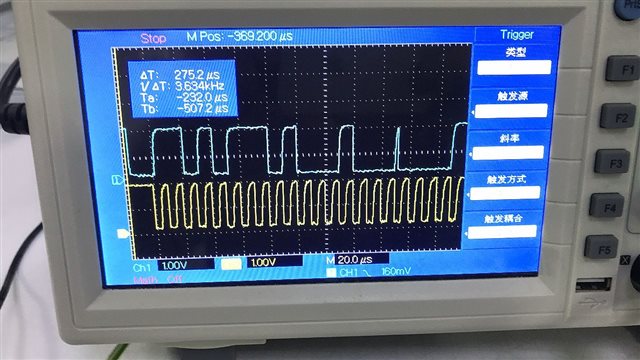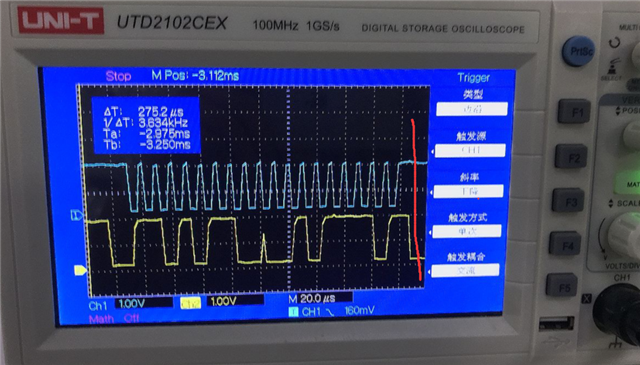Other Parts Discussed in Thread: BQ25700, , BQ25700A, BQSTUDIO, EV2400
Hi All,
One of my notebook project, when debugging the charging function, it was found that the CHIP id could not be read. The return information is as follows:

The dts configuration is as follows:
bq25700: bq25700@6b {
compatible = "ti,bq25703";
reg = <0x6b>;
extcon = <&usb2phy0>;
interrupt-parent = <&gpio0>;
interrupts = <RK_PB7 IRQ_TYPE_LEVEL_LOW>;
pinctrl-names = "default";
pinctrl-0 = <&charger_ok_int>;
ti,charge-current = <1500000>;
ti,max-charge-voltage = <8704000>;
ti,max-input-voltage = <20000000>;
ti,max-input-current = <6000000>;
ti,input-current-sdp = <500000>;
ti,input-current-dcp = <2000000>;
ti,input-current-cdp = <2000000>;
ti,input-current-dc = <2000000>;
ti,minimum-sys-voltage = <6700000>;
ti,otg-voltage = <5000000>;
ti,otg-current = <500000>;
ti,input-current = <500000>;
pd-charge-only = <0>;
status = "okay";
};
The circuit diagram design is as follows:

Can u pls help to analyze the cause of this problem?
Thanks,
Best Regards





